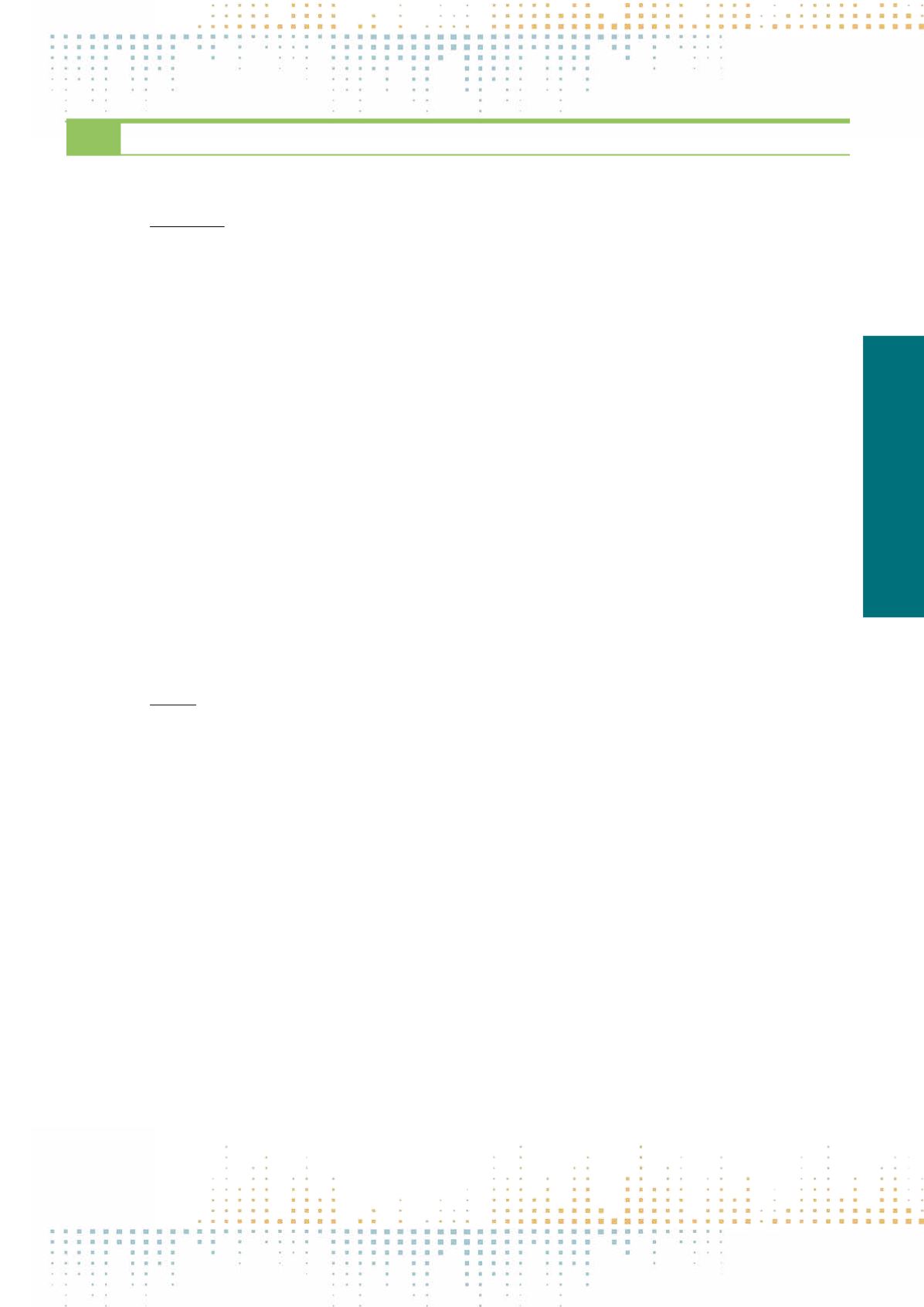

109
Thursday, November 10
1 6 : 3 0 – 1 8 : 0 0
COH04 Transnational Communication in the Past
PP 223
The “Conquer of the Air” (1900–1920s). Wireless Telegraphy and the Symbolic Construction of a “New” Space in Transnational
and Inter-Institutional Perspectives
M. Rikitianskaia
1
, G. Balbi
1
1
Università della Svizzera italiana, IMeG – Institute of Media and Journalism, Lugano, Switzerland
In the first two decades of the 20
th
century, different institutions, governments, commercial companies, hobbyists and inventors rushed to experiment,
appropriate and regulate a“new”channel and symbolic space: the air.The unrelated fields interested in this topic were mainly aviation, weather forecasting,
time signals, radio broadcasting and others. This paper explores the rise of the discussion about the role of the air, focusing specifically on impact of wireless
telegraphy and its hidden implications over the other domains and technologies. This research analyses the discussions emerged in international organiza‑
tions and during international meetings, focusing on the driving force of wireless conferences and on the clashes of interests among different institutions.
Sources are collected in two stages: first, the key debates and topics are detected in wireless magazines and journals; second, we focus more precisely
on conference debates about subdivision of the air and the right to use it at international level, in the International Telecommunication Union, Universal
Postal Union, International Commission for Air Navigation, Institut de droit international, on meetings about meteorology and radio time signals etc. Even
if this topic seems to be far from media and communication studies, it is extremely connected with at least three current trends in the field and offers
a broader perspective on media studies. First, it responds to the de-mediatization of media studies, by focusing on connection between wireless media with
non-communication field, such as transportation, clocks, weather and even the “nature”/environment (Peters 2015). Second, the debates about how to
fill, separate, organize, limit or stimulate air appropriation should be considered as regulation of specific flows, creation of infrastructure and organization
of the traffic (Parks & Starosielski 2015, Näser-Lather & Neubert 2013). Finally, the decisions to regulate air and wireless spectrum in the beginning of 20
th
century can be reflected as the origins of the regulations of the so-called commons (Wormbs 2011; Henrich-Franke 2011 etc.). To conclude, this paper aims
to demonstrate how one medium – wireless telegraphy – reshaped general reflection on the role of the air itself and on different technologies using and
spreading into the air. It also proposes a new approach for doing transnational communication history through inter-institutional perspective, focusing on
how different organizations affect each other while regulating different (and apparently unrelated) fields. *** Literature: (1) Henrich-Franke, C. (2011).
Property Rights on a Cold War battlefield: managing broadcasting transmissions through the Iron Curtain. International Journal of the Commons, 5(1),
110. (2) Näser-Lather, M., & Neubert, C. (Eds.). (2015). Traffic: Media as Infrastructures and Cultural Practices. BRILL. (3) Parks, L., & Starosielski, N. (Eds.).
(2015). Signal Traffic: Critical Studies of Media Infrastructures. University of Illinois Press. (4) Peters, J. D. (2015). The Marvelous Clouds: Toward a Philosophy
of Elemental Media. University of Chicago Press.Wormbs, N. (2011).Technology-dependent
commons:Theexample of frequency spectrum for broadcasting
in Europe in the 1920s. International Journal of the Commons, 5(1), 92.
PP 224
The BBC Polish Service Second World War
A. Morriss
1
1
City University, Journalism, London, United Kingdom
London Calling: BBC Broadcasts to Occupied Poland during the Second World War. The various BBC European services played a vital role during the Second
World War orchestrating the radio broadcasting into the countries which were under Nazi occupation. One of the most important of these services was
the BBC Polish service which was a crucial lifeline for the Polish population in that period. Although listening to, or possessing, a radio was punishable
by death under the German occupation, Poles were willing to risk their lives in order to access the information broadcast from London. For many, the BBC
remained the only contact with the outside world, whilst listening itself became a symbol of resistance. The broadcasts not only connected Poland with
the rest of the world and informed the Poles about what was happening in their own country, but also supported Allied intelligence and sabotaging German
actions. It played a significant role in transmitting news about the situation at the front and political affairs. The Polish Underground monitored the Polish
broadcasts and distributed clandestinely extracts in form of newspapers and leaflets, therefore, in contrast, to other BBC European Services, the Polish
Service programmes focused on addressing professional listeners rather than a mass audience. This paper will focus upon a range of archival documents –
principally the surviving papers from the BBC Polish service, now held in the BBC Written Archives at Caversham, but also papers from the BBC Monitoring
Service and the various wartime Polish archival sources based in London and material from the National Archives. Using this material – some of which has
not been previously available- it is possible to build up a picture of the relations between the BBC Polish service and the other key players – the Ministry
of Information, the PWE, the Polish Government in Exile and Polskie Radio, also based in London. The research will demonstrate some of the tensions
between the various stakeholders in producing programming for the Polish Service and in particular how the UK government’s support of the Soviet Union
during this period affected what was being broadcast to Polish listeners.



















